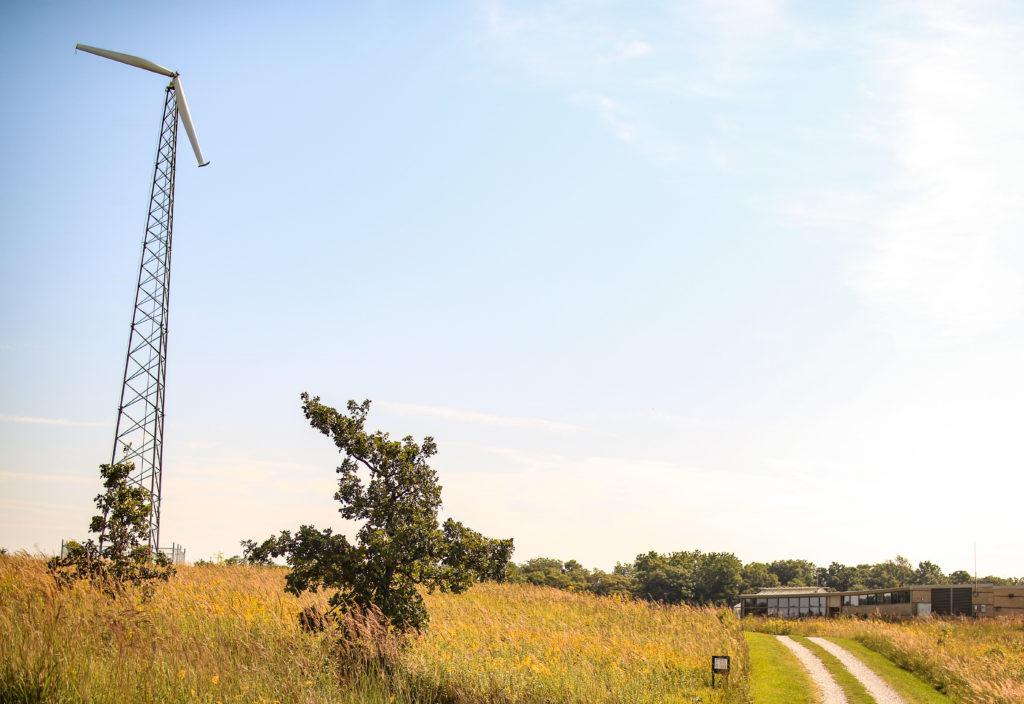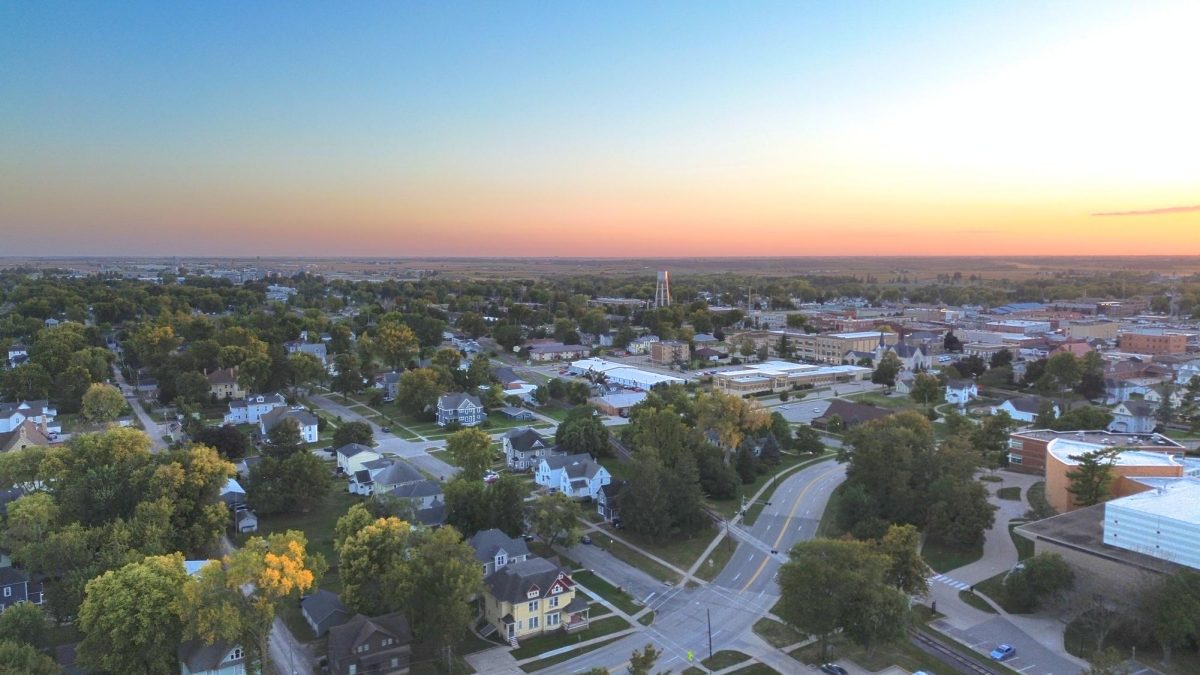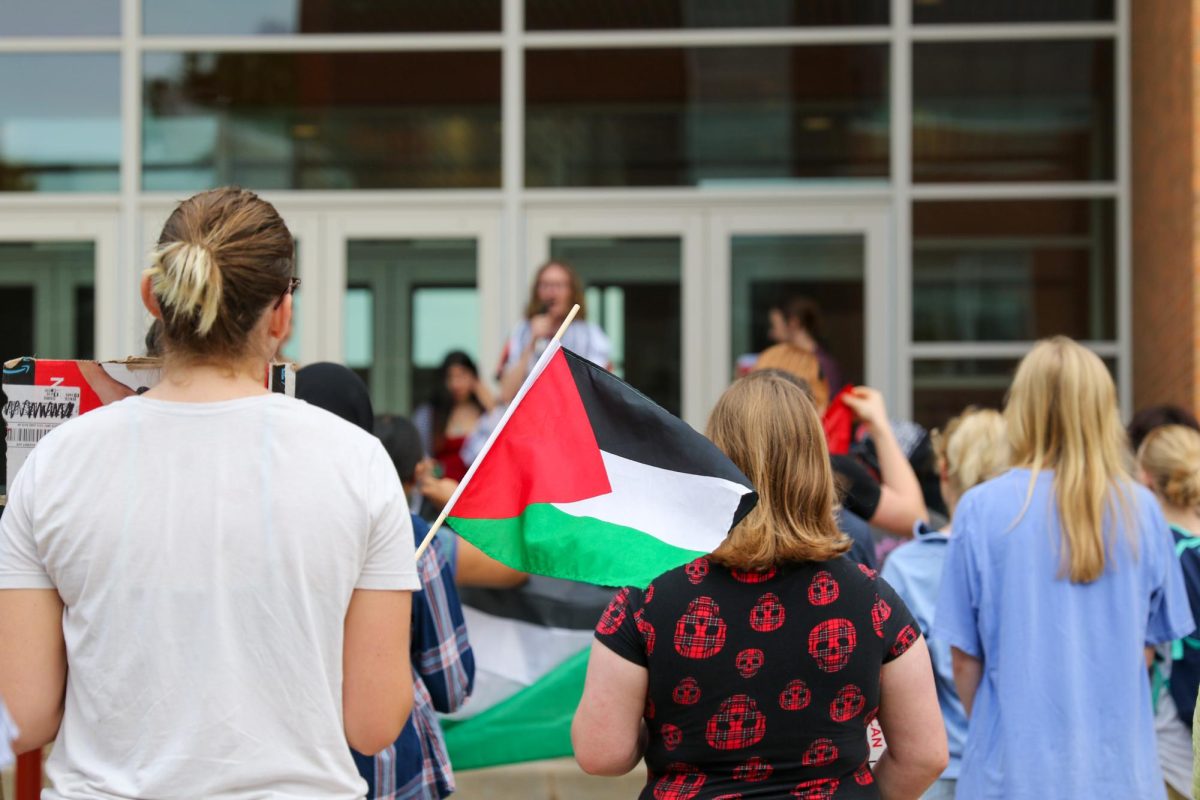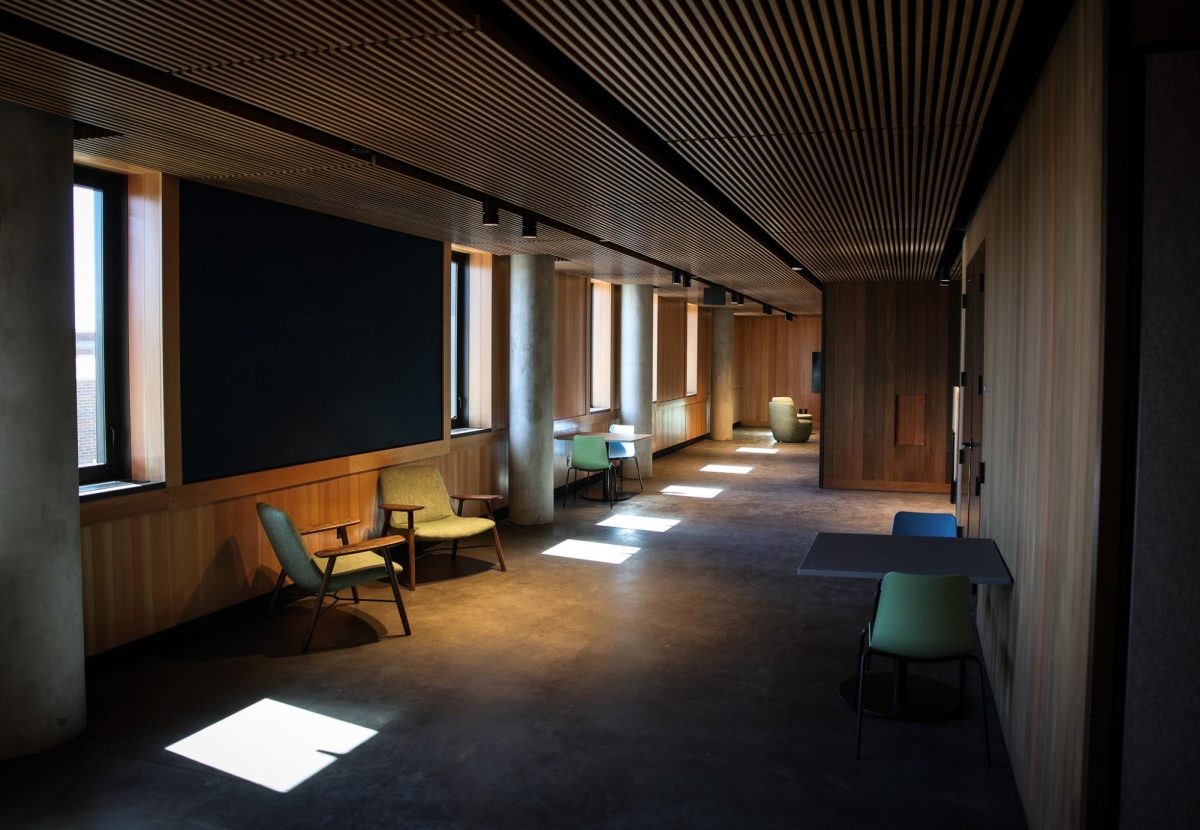A College-owned fifty-kilowatt wind turbine at the Conard Environmental Research Area (CERA) sustained a direct lightning strike and is currently inoperable. One of the three blades shattered, and Facilities Management (FM) found the pieces on the ground. The turbine, small by industrial standards, had provided enough power to run a building. The damage occurred on the night of September 8.
The turbine has been hit by lightning before. “I mean, it’s a tall thing made out of conductive material. It sticks up; it asks for it. So yes, it got hit,” said biology Professor Vince Eckhart, who is also the current Faculty Director of CERA.
However, previous strikes have only caused electrical problems, not damage to the blades. “It does get hit by lightning and sometimes it gets ice on it during an ice storm so there are times that it’s inoperable,” Eckhart said. “This is a little more spectacular than most.”
Even this damage is fixable. FM has extra blades in storage and is responsible for finding someone to do the specialized work of installing a new blade.
The turbine provided power to CERA’s Environmental Education Center, a building full of labs and classrooms. “[It] was the first so-called ‘LEED gold’ building in Iowa,” Eckhart said. “There’s now a platinum building at Central College and maybe some other stuff, but we were the first LEED gold.” Across campus, the Robert N. Noyce ’49 Science Center and the Charles Benson Bear ‘39 Recreation and Athletic Center are LEED silver, while the Joe Rosenfield ’25 Center and East-campus dorms are LEED-certified, a lower standard.
Eckhart emphasized that this turbine is nothing like the massive commercial turbines in Iowa. “The amount of electricity it generates is very modest, suitable for a large single-story building that the lab and classroom and greenhouse are. It’s not powering a neighborhood or a substantial factory,” he said. “[Our turbine] would be residential, except that they don’t allow it in residential areas.”
The lightning strike came at a time of transition for CERA. The manager, Elizabeth Hill, resigned just the previous week. The CERA administrative team is made up of a manager, a faculty director (the position rotates within the biology department) and an advisory board of faculty and staff, including the director of the Center for Prairie Studies.
Even after the broken blade is replaced, maintaining the turbine is an ongoing process. “It’s getting near the end of its usable life,” Eckhart said. By ‘near the end,’ Eckhart refers to five or ten more years of life. Of course, in prairie restoration, one always must take the long-term view.























































